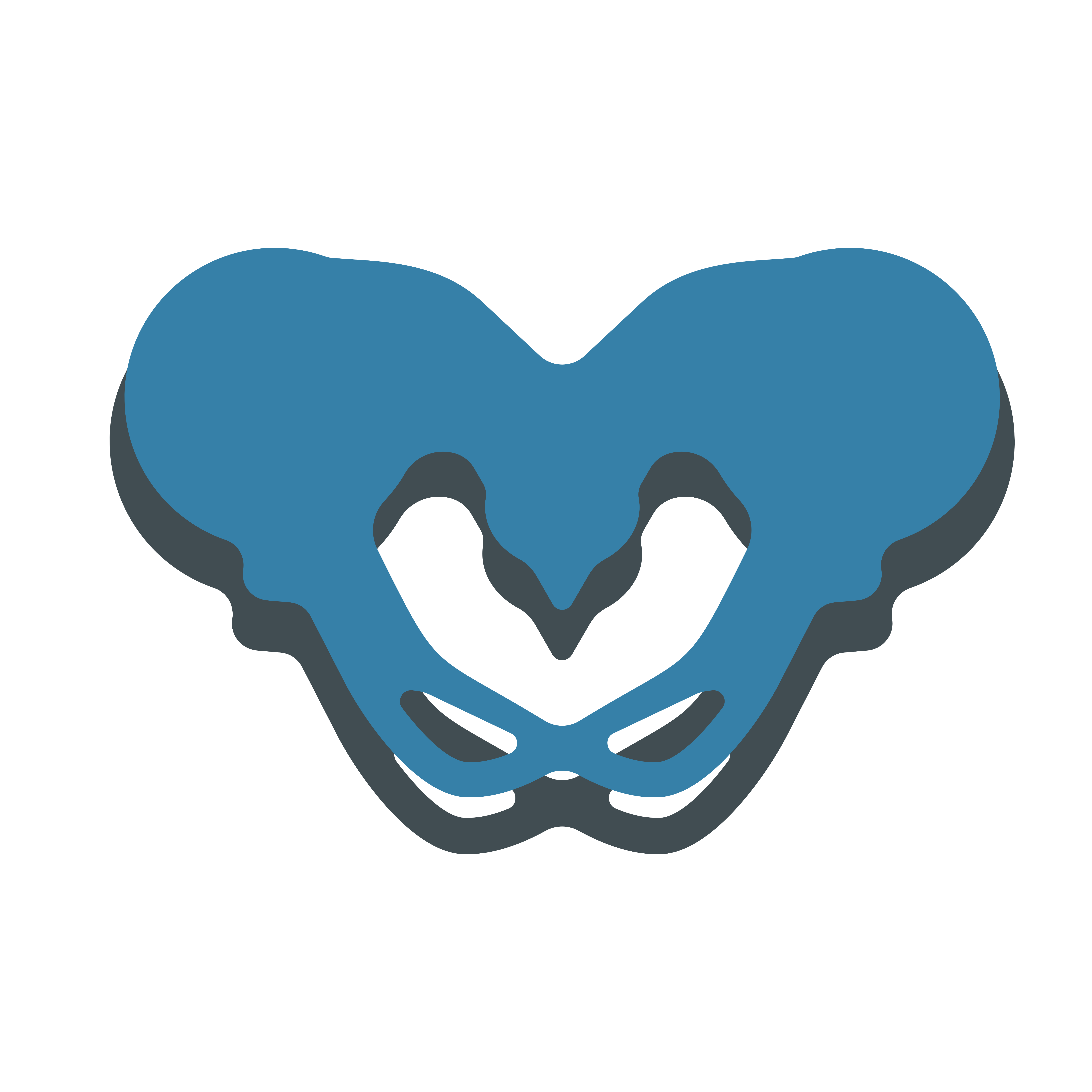Herniated Disc
Description
A herniated disc is when there is a crack in the outer layer of the cartilage and some of the nucleus (softer inner cartilage) protrudes out of the disc into the spinal canal. This puts pressure on the spinal nerves and causes pain. Herniated discs are also known as slipped or ruptured discs. Generally herniated discs come on abruptly and are sometimes caused by an acute injury.
Causes
A herniated disc can be a degenerative process but can occur unexpectedly after a traumatic injury. Poor posture and misaligned body mechanics will aggravate spinal discs. Lifestyle choices such as tobacco use, lack of regular exercise, and inadequate nutrition can contribute to degeneration. Aging can be a cause as natural changes cause a gradual drying out of discs which impact disc strength and integrity making them less capable of absorbing shock. These all set the spinal discs up for injury from everyday wear and tear and injury from traumatic experiences like car accidents and other rapid jerking movements.
Primary Symptoms
Pain (dull or sharp pain), muscle spasm or cramping, leg weakness or loss of leg function, numbness, or changes in sensation are common symptoms of a herniated disc. Sneezing, coughing, and bending usually intensify the pain. Bowel or bladder control can be impacted. Sciatica is frequently associated with a lumbar disc issue.
Treatment Philosophy
The over-arching question is always..."why?" Why has a herniated disc developed? What activities and triggers are causing disc issues and pain ?
A thorough history will be completed to discover what activities and movements have contributed to the condition. Strategies to stop the aggravating factors will be discussed. Inflammation in the spine will be treated using Scenar. Structural misalignment will be corrected using Bowen. Structural issues must be addressed first as they cause increased stress on the spinal discs that lead to continued inflammation and further disc degeneration.
Expected Outcomes
By understanding posture and activity, reducing current inflammation with Scenar, and balancing the body structure with Bowen, positive changes will occur. A resolution of pain (usually in under 6 weeks) is very likely as body symmetry is restored. Structural alignment will result in restoring proper space between vertebrae which ultimately lessens stress on the disc. Herniated discs can go back into place when spinal alignment and body mechanics are addressed.

